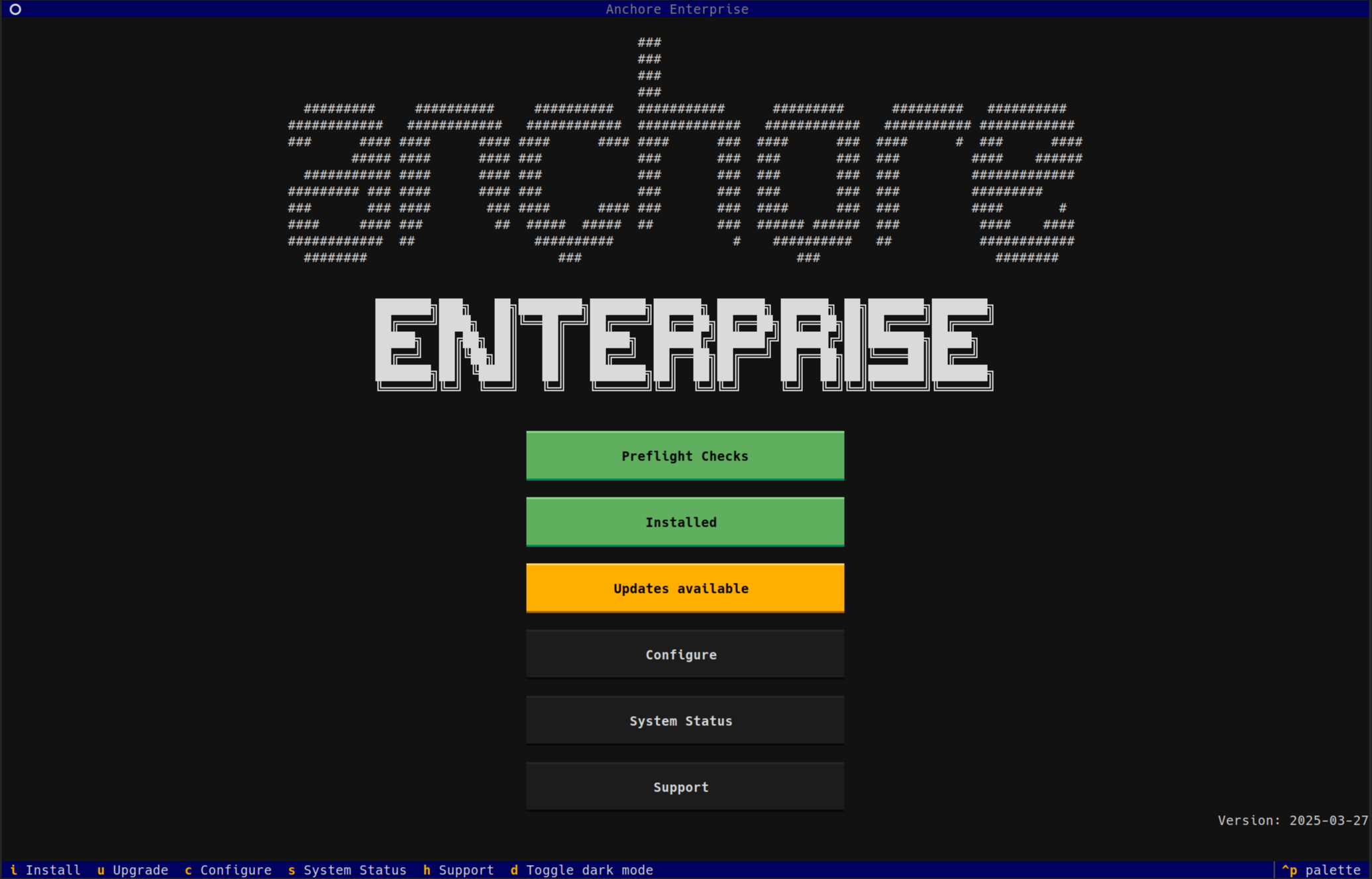As a company, Anchore has been tracking the growth of DevSecOps we’re seeing in the market and with our commercial and public sector customers during the past year. DevSecOps keep progressing despite everything that was going on with the pandemic.
Our team recently got together and made some predictions about how DevSecOps will fare in 2021:
Shift Left Grows from Objective to Best Practice
Shift-left will become more of a practice than an objective. In 2021, I predict that more dev teams will embrace shift-left concepts in a more pragmatic way, predicts Dan Nurmi, CTO of Anchore. While early on, much of the messaging around shift-left security was taken as 'moving' responsibility from so-called 'right' (production, run-time, with responsibilities being on operators) to 'left' (closer to the source code with responsibilities being on software developers), the more realistic perspective is to embrace shift-left as 'spreading' the responsibilities rather than wholesale 'moving' them.
In practical terms, I predict that as more quality security/compliance tools exist that integrate into a DevSecOps automation design, the reality and value of being able to detect, report and remediate security, compliance and best-practice violations at *every* stage of an SDLC will become the norm.
Shift Compliance Left Becomes Reality
Compliance is ready for shift-left treatment, Nurmi also predicted. There is significant overlap between many aspects of an organization's compliance requirements and the practices that exist for ensuring secure software development and delivery. In the same way that shift-left has become a rallying cry for more efficiently handling secure software delivery, we predict that in 2021 the industry will begin looking at how a similar approach (if not identical) can apply to solving organizational compliance requirements, particularly as they pertain to the organization's own internal use of software and software services.
DevSecOps grows outside of Compliance-based Industries
“Given the increasing number of digital assets and the average cost of a cyberattack, it is critical for organizations to constantly be looking for weaknesses in their attack surfaces. In 2021, we will see more organizations than ever adopt DevSecOps into their cybersecurity strategies, or risk having their integrity and reputations destroyed,” Blake Hearn, DevSecOps engineer for Anchore, predicts.
2020 has been a year of change for many aspects of people’s lives, especially technology. Up to this point, DevSecOps has mostly operated in industries with heavy security mandates: defense, healthcare, and finance, adds Michael Simmons, DevSecOps engineer at Anchore. “I see DevSecOps spreading to other sectors as cybercrime rises due to the importance of software in function of people’s lives in the pandemic world.”
“Additionally, California consumer data protection laws came into effect in 2020. Any businesses that operate in California need to abide by these rules,” Simmonds added. “Because of this, I see DevSecOps spreading into more mainstream industries and technology companies as they move towards maintaining compliance.”
DevSecOps continues to Grow into a Data Play
“Opinions on the growth of artificial intelligence (AI) in DevOps and DevSecOps vary. I see the release of AWS DevOps Guru more than a sign that DevOps and DevSecOps will grow into even more data-driven activities well into 2021 and beyond,” predicted Will Kelly, technical marketing manager for Anchore.
“With so many DevSecOps teams moving to remote work, it only makes sense to maximize the use of backend data to maximize the effectiveness and efficiency of those teams. AI and machine learning tools are where we’re going to see that happen for real.”
DevSecOps in 2021
2021 is bound to be an exciting year of growth and maturing for DevSecOps as enterprises continue to lean into DevSecOps tools and strategies to apply lessons they learned during COVID-19.



